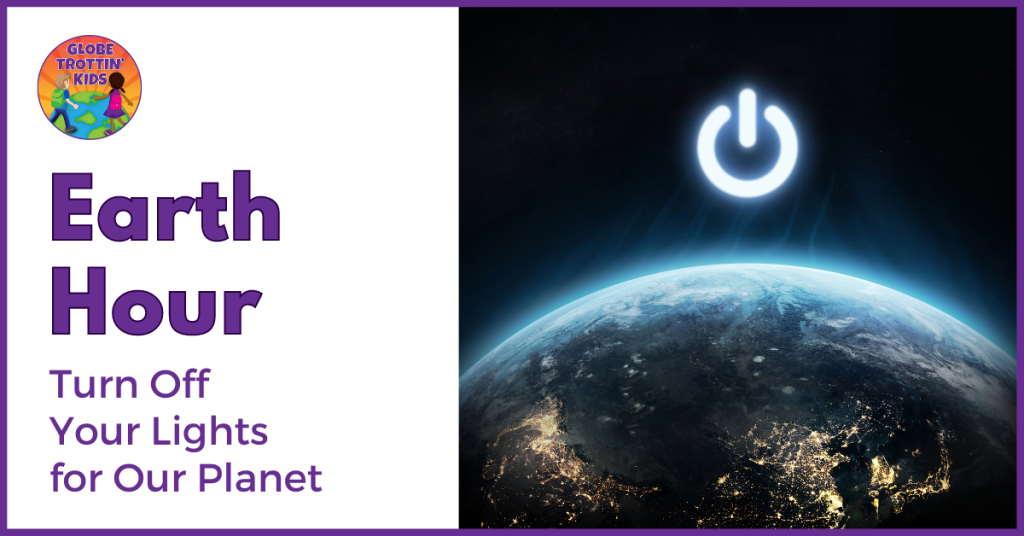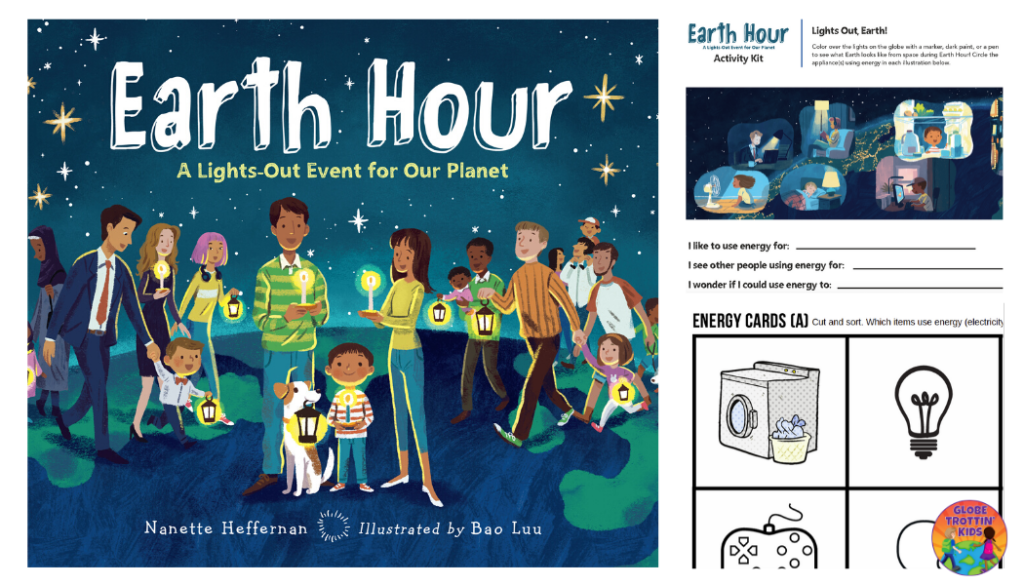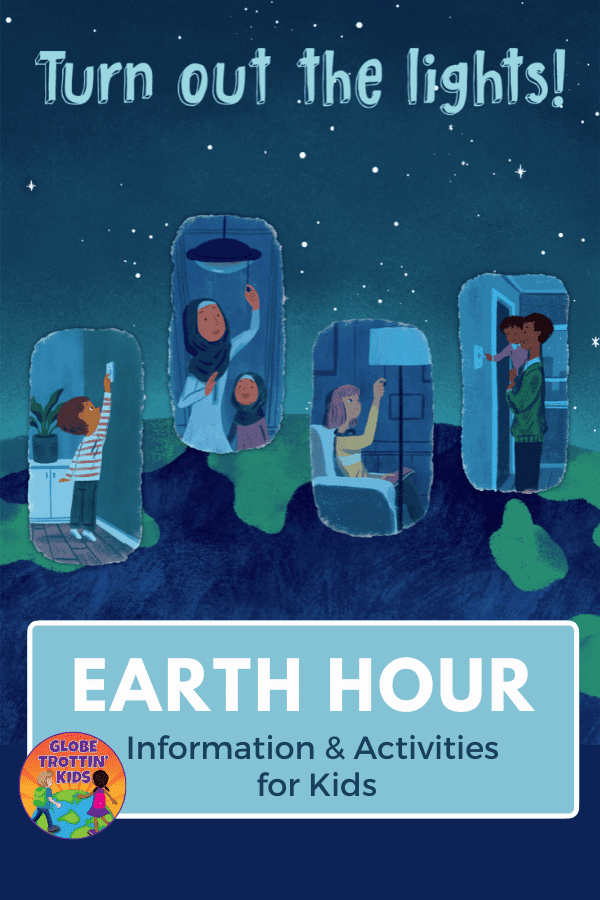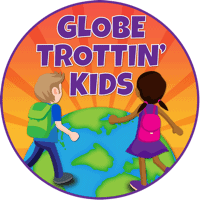Earth Hour Information & Activities for Kids
Earth Hour is a worldwide movement in support of energy conservation and sustainability, sponsored by the World Wildlife Fund (WWF).
On a Saturday night near the equinox of March, individuals, businesses, and famous monuments such as the Eiffel Tower, the Great Wall of China, and the Statue of Liberty go dark for one hour in thousands of cities.
Across each continent, this one small act reminds us of our enormous impact on planet Earth.
Help kids learn how to save energy and make a difference in the world with fun and educational Earth Hour activities.

Disclosure: This post contains affiliate links. By clicking through and making a purchase, we receive a small commission at no extra charge to you. All proceeds help support our free global education website. Thank you!
Click flashlights, light lanterns, and get ready to turn electric lights out to celebrate Earth Hour! Wherever you are, you can help our planet.
Earth Hour Dates
March 25, 2023
March 23, 2024
March 29, 2025
March 28, 2026
8:30 p.m. local time
Earth Hour Activities
Reconnect with nature, cook a sustainable meal, perform scientific experiments, and more!
Education Packs Activities and printables designed to meaningfully engage children to give an hour for Earth.
Earth Hour, by Nanette Heffernan, introduces the global initiative and raises awareness of the importance of energy consumption and conservation.

An Educator’s Guide, co-developed by Nanette Heffernan and Sharon Angal, draws on CCSS – NGSS standards, Nanette’s 15 years of experience working with children and schools on environmental issues, and Sharon’s expertise in teaching science.
The activities encourage students to think critically about how our daily choices impact Earth and its ecosystems and how they can be part of the solution to reverse climate change.
An Activity Kit for students helps them prepare for and celebrate Earth Hour. Fun in the dark ideas include a nocturnal nature walk or glow stick ring toss.
Earth Hour, the FREE Educator’s Guide & Student Activity Kit are available from Charlesbridge Publishing.
Earth Hour Read-Aloud
World Wildlife Fund: Go Dark For More Than Just the Climate
Go Dark for Wildlife. Rich and varied wildlife is vital to the delicate balance of nature, and by protecting these creatures, we safeguard our magnificent and vulnerable planet.
Go Dark for Rivers. Rivers provide food for hundreds of millions of people worldwide and carry nutrient-rich silt downstream, creating some of the most fertile agricultural lands.
Go Dark for Forests. Forests provide us with food and shelter; help us keep our air and water clean; and keep carbon—a heat-trapping gas that contributes to climate change—out of the atmosphere.
Go Dark for Oceans. Mangrove trees growing in ocean waters along coastlines protect millions of people from storms and coastal erosion and capture and store nearly five times more carbon than tropical forests.

